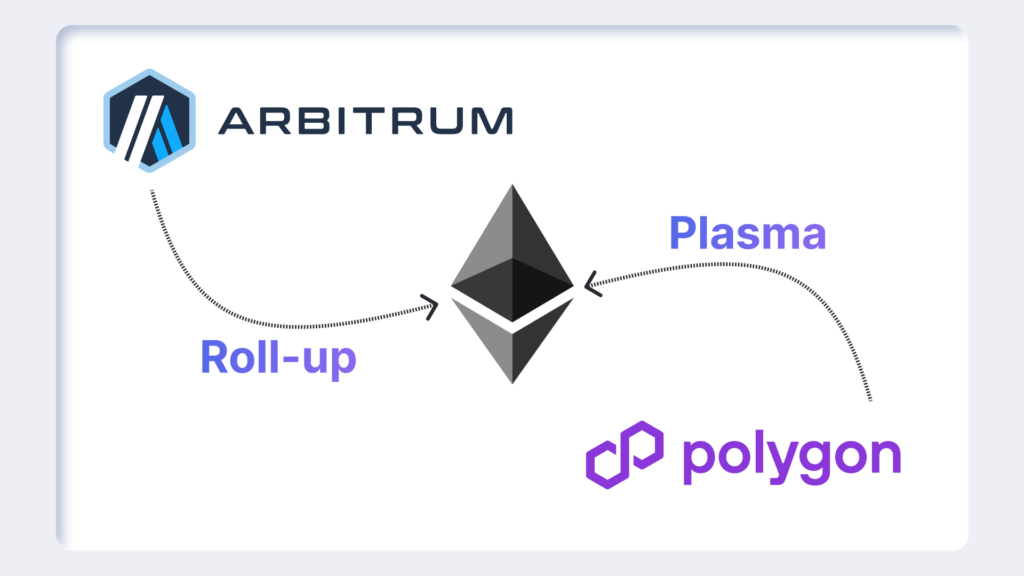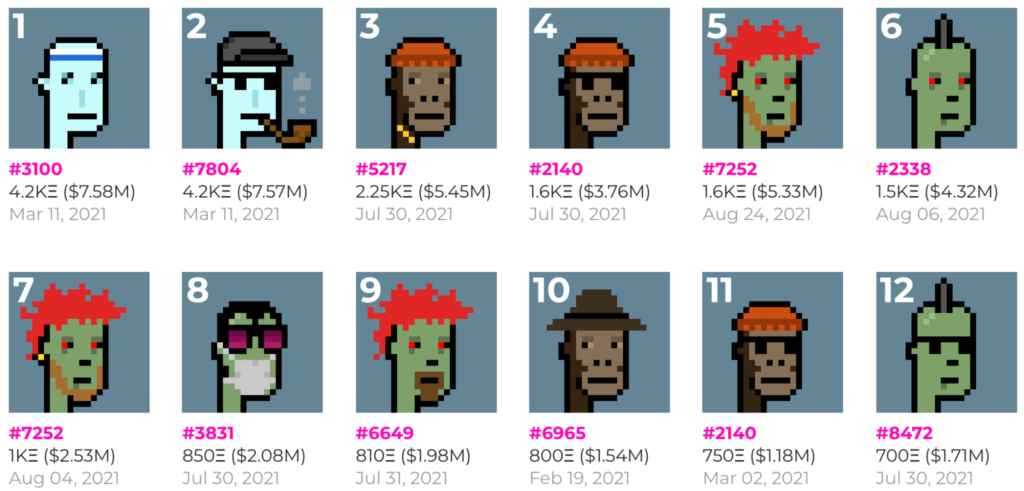When Treasury Secretary Scott Bessent and Ukraine’s First Deputy Prime Minister Yulia Svyrydenko put pen to paper in Washington this week, they did more than sign another bilateral memorandum. They unlocked a roadmap that could both bankroll Kyiv’s post-war recovery and recalibrate the global supply chain for critical minerals.
Under the minerals-for-aid accord, the United States gains first refusal on future Ukrainian contracts for lithium, rare-earths, and other battery-grade metals. In return, Washington will seed a joint reconstruction fund, tapping its deep capital markets to channel billions into shattered Ukrainian infrastructure. It is a classic Trump-era quid pro quo—“support for Kyiv, but something tangible for American taxpayers,” as the president framed it earlier this year.
An eleventh-hour save
Negotiations had teetered on the brink. A February Oval Office meeting dissolved into shouting when President Volodymyr Zelenskyy balked at ceding half of state-owned mineral proceeds to the fund. Wednesday’s text softens that clause but still earmarks a hefty share of future mining revenue for reconstruction. Kyiv also extracted a symbolic win: the deal wipes away any expectation that Ukraine must reimburse past U.S. military aid—$72 billion and counting since Russia’s 2022 invasion.
Why rare-earths matter
Ukraine’s underground wealth once powered Soviet industry; today those same seams could power the energy transition. Lithium for EV batteries, neodymium for wind-turbine magnets, titanium for aerospace alloys—reserves that sit tantalisingly close to EU manufacturers yet outside Moscow’s reach. By staking an early claim, Washington hopes to chip away at China’s near-monopoly on rare-earth refining and insulate itself from volatile Russian supply lines.
Sceptics point to the long fuse on mining projects. Benchmark Minerals pegs cap-ex for a single rare-earth complex at up to $2 billion and a decade of permitting. Still, the strategic calculus is clear: a diversified critical-minerals base is an insurance policy against geopolitical shocks.
Peace dividend or political smoke?
The agreement arrives as Trump’s team accelerates back-channel diplomacy aimed at freezing front lines and pivoting to reconstruction. No explicit security guarantees appear in the public draft, but administration officials hint at “follow-on measures” once a ceasefire emerges. For Kyiv, the pact signals that American backing—financial if not military—remains firm even as European funding pipelines slow.
Critics warn that tethering aid to resource concessions risks reviving colonial-era trade dynamics. Yet supporters counter that a transparent profit-sharing model offers Ukraine a chance to monetise assets without fire-sale privatisations.
Either way, the clock is ticking. Investors will watch May’s first fund roadshow for clues on appetite, while on the ground Ukrainian engineers eye the day they can swap trench maps for drilling permits.
What began as a contentious bargaining chip could end up anchoring Ukraine’s economic resurrection—and redrawing the mineral map of a net-zero world.


